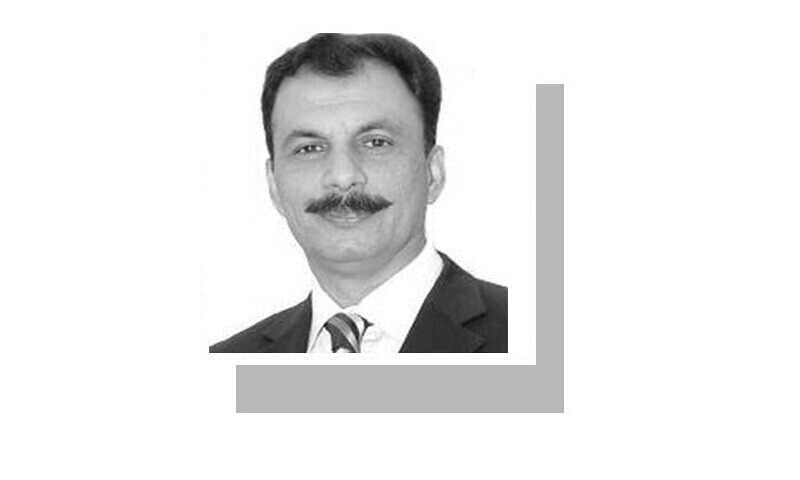“Youth is easily deceived because it is quick to hope.” — Aristotle.
DUE to the increased influence of social media, talking about ‘the youth’ has become a trend. From political parties to militant organisations, everyone wants to lure them. However, neither civil society nor the media seems to give priority to the role of youth in peacebuilding.
The youth must be our central focus. Investing in them is investing in the future, as the youth have the energy to pursue ideals and the passion to learn, excel and bring change. The challenge lies in saving them from crime, extremism, terrorism, drug addiction and social disorder.
Given the spread of virulent extremism, it is essential to focus on educational institutions and motivate them to enhance preventive measures. Out-of-school children and drop-out students need special attention from the community and government. Disillusioned youth are easily targeted by militant groups, who present themselves as alternative sources of purpose and identity. The majority of suicide bombers, target killers, and street criminals have been youth. A significant challenge for states is thus to protect future generations from extremism and effectively counter such narratives.
The youth have a crucial role in preventing conflict.
In Pakistan, 125 million people (60 per cent of the population) are under the age of 30, making this the largest young generation in Pakistan’s history. They have a crucial role in preventing conflict, promoting social cohesion, and building sustainable peace. When engaged constructively, they can become mediators, educators, digital peacebuilders and community leaders. Dialogue and mediation are the best ways to engage them. Youth-led forums can promote interfaith, interethnic and interprovincial dialogue. To counter hate speech and misinformation, the youth can be effective in leading social media campaigns and promoting tolerance. Through community engagement, the youth can act as ambassadors in their neighbourhoods to resolve disputes, prevent violence and promote inclusion.
In 2023, some 196m mobile phone connections were in use in Pakistan. By early 2025, the country had 116m internet users, representing 45.7pc of the total population. Social media allows militants to attract uneducated social media addicts. Digital misinformation and hate speech spread faster than the truth. Lack of digital literacy and weak regulation exacerbate the issue, often resulting in mob violence. Digital peacebuilding through social media campaigns can challenge hate speech, religious bigotry and fake news. Digital storytelling and peace narratives can promote diversity, tolerance and resilience. Universities can offer online peace education during vacations. Social media influencers can be engaged for the dissemination of messages of coexistence and inclusion.
Political instability and polarisation are other irritants that keep youth away from peacebuilding efforts, as parties often mobilise youth for protest and confrontation rather than for dialogue or peace. Consequently, youth engagement becomes politicised rather than peace-oriented. Ethnic and sectarian divides also fuel mistrust among youth as do weak rule of law and injustice. When the criminal justice system fails to resolve issues and the youth experience human rights violations that alienate them, they may resort to violence. Finally, gender inequality is another significant barrier. Women are excluded from most peace processes, even though they suffer the most from conflict. Cultural and religious barriers li-mit women’s visibility in public and peace efforts. Conseq-uently, women are sidelined in reconciliation and reform.
Social empowerment requires more investment, and when planning youth em-powerment, gender gaps need to be addressed. According to the Pakistan Economic Survey 2023-24, 4.5m individuals are unemployed, with youth aged 15-24 having the highest unemployment rate of 11.1 pc. Addressing this issue requires opportunities for career counselling, education, skills enhancement, employment, inclusive governance and justice, not just kinetic measures.
Pakistan’s youth possess potential, but without channelling their energy, their talent is useless. Therefore, the inclusion of the voice of youth in policymaking is necessary. It is essential to recognise youth as key peace stakeholders in local and national frameworks, fund youth-led projects, integrate peace education by teaching empathy, dialogue and civic engagement, and include youth representation in local peace committees. Art, music and culture are other attractive avenues through which youth may be educated about identity, trauma, healing and the softer aspects of life.
The writer is the author of Pakistan: In Between Extremism and Peace.
X: @alibabakhel
Published in Dawn, July 24th, 2025
